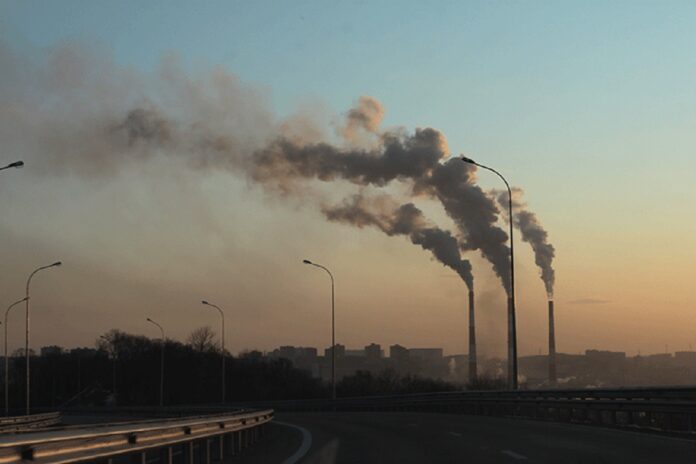A Biden administration program aimed at addressing environmental inequalities, such as closing the air quality gap between white and minority communities, may fail due to the administration’s decision not to include racial demographics in a new tool to evaluate proposed regulations or policies.
According to a new study, this is owing in part to the administration’s choice to avoid incorporating racial demographics in a new tool that will be used to analyze proposed laws or policies.
In the United States, disadvantaged neighborhoods, particularly low-income and minority groups, have higher levels of air pollution than wealthier and primarily white regions. These disparities result from decades of discriminatory land use planning and housing practices, including redlining.
The Biden administration has pledged to ensure that disadvantaged communities receive 40% of the benefits of its climate change and energy efforts. The Justice40 initiative uses the Climate and Economic Justice Screening Tool (CEJST) to identify disadvantaged communities for government programs and investment. However, race and ethnicity are not explicitly considered in CEJST.
The researchers used air quality simulations to see how employing CEJST to reduce fine particulate matter (PM2.5) may alter ambient air pollution exposures and exposure disparities over the next 20 years. While deeper reductions in disadvantaged communities indicated by CEJST may enhance overall air quality, they will not significantly reduce racial and ethnic air pollution disparities, according to the modeling.
Study co-author Rachel Morello-Frosch, a professor in the Department of Environmental Science, Policy and Management and the School of Public Health at the University of California, Berkeley, and a member of the White House Environmental Justice Advisory Council, said, “There’s been a lot of concern among scientists and advocates about the fact that the CEJST does not include any indicator about the racial or ethnic makeup of the census tracts that are being screened, Our findings demonstrate that, by not including race, you lose the ability to track and target racialized inequities in environmental hazard exposures. You can improve overall air quality but lose the opportunity to eliminate racial inequities in pollution burdens if you don’t evaluate them directly.”
The Justice40 program intends to redress racial injustices. However, the CEJST was created to be race-neutral to avoid legal complications. Last month, the United States Supreme Court delivered a judgment prohibiting the use of race in determining college admissions. A similar challenge to the Justice40 effort might bring the entire program to a halt.
Study co-author Joshua Apte, an associate professor of civil and environmental engineering at UC Berkeley, said, “Our findings emphasize that you’re not going to be able to evaluate and solve racial and ethnic inequalities for air pollution without considering race in some way because a lot of the things that you think might be a proxy for racial inequalities don’t work well for addressing the large, racialized disparities in air pollution exposure.”
The study also highlights the necessity for regulators to keep tabs on the effects that various racial and ethnic groups are having due to air quality policies and regulations. Apte and Julian Marshall have created new air pollution simulation tools that may be useful in helping regulators comprehend the long-term effects of new laws and regulations.
According to researchers, With the help of contemporary air pollution simulation technologies, the federal government may assess prospectively whether its policies will impact racial and ethnic disparities in air pollution exposure.
The federal government should use contemporary air pollution simulation methods to evaluate the effects of new and existing regulations on environmental fairness.
The study concludes that the CEJST variables will fail to solve the country’s huge racial disparities in air pollution exposure.
Journal Reference:
- Yuzhou Wang, Joshua S. Apte, et al. Air quality policy should quantify the effects of disparities. Science. DOI:10.1126/science.adg9931
